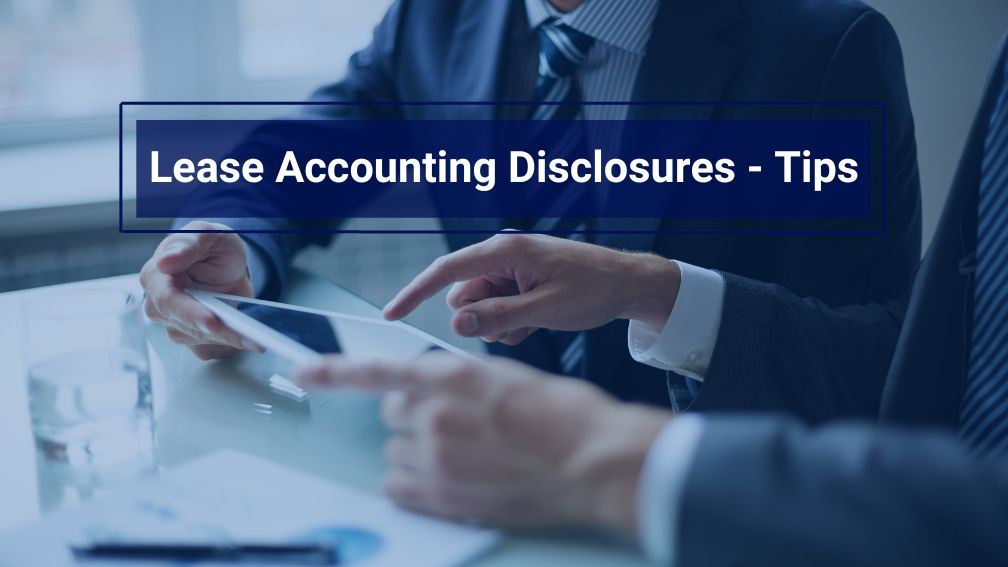Lease Accounting Disclosures: 10 Reporting Tips
Last Updated on December 14, 2023 by Morgan Beard
The new lease accounting standards under ASC 842 significantly impact financial reporting for many organizations. Companies must craft transparent and compliant disclosures that fully explain their leasing activities. Lessees are required to disclose quantitative and qualitative information about its leases. This article provides a comprehensive 10-point checklist for optimizing your lease accounting disclosures.
#1 Clearly Explain Your Incremental Borrowing Rate
Since most companies use their incremental borrowing rate to discount future lease payments, disclose how this rate was determined. Provide details on the prevailing market rates considered and the instruments analyzed to arrive at the incremental borrowing rate. Give the weighted average discount rate applied to your various classes of leases.
#2 Break Down Right-of-Use Assets
Outline the composition of your right-of-use (ROU) assets, specifying the types of underlying leased assets like real estate, equipment, vehicles etc. Explain where ROU assets appear on the balance sheet. For example, many companies include ROU assets within other non-current assets.
#3 Discuss Any Significant Judgements
Applying the new lease accounting guidance involves significant judgements that can materially impact your lease assets and liabilities. Disclose key judgements made, such as determining lease terms, assessing renewal and termination options, and separating lease components.
#4 Quantify Variable Lease Payments
Since variable lease payments are excluded from lease liability measurements, discuss the nature and magnitude of variable lease costs. Quantify variable payments if possible and outline what drives the variability – like usage-based costs or market rate adjustments.
#5 Outline Lease Incentives and Impacts
Disclose any material lease incentives received, like rent abatements and tenant improvement allowances. Explain how incentives affect your ROU assets and lease liabilities. Quantify the incentive amounts and periods covered.
#6 Summarize Lease Modifications
Lease modifications can significantly alter your rights and obligations. For any major lease modifications, disclose the financial impacts and outline your modification accounting policies.
#7 Describe Impairment Testing
Since ROU assets are subject to impairment, explain your policy for impairment testing. Disclose any material ROU asset impairment losses recognized during the period. Outline key estimates like discount rates used.
#8 Provide Roll Forwards of Lease Assets and Liabilities
Include roll forwards reports reconciling opening and closing balances for ROU assets and lease liabilities. Outline major drivers like new leasing activity, modifications, impairments, remeasurements and lease terminations.
#9 Discuss Any Subleasing Arrangements
If applicable, explain ROU assets and income recognition related to any subleasing activities. Provide details on your sublease portfolio and associated risks.
#10 Consistently Update Disclosures
Update your lease disclosures every reporting period. Ensure disclosures reflect the latest status of your lease portfolio and all significant impacts are transparently communicated.
Lease Accounting Disclosures
Compliant lease disclosures require rigor and discipline. They are generally included in the footnotes. Many companies have a dedicated lease accounting policy note. This 10-point checklist summarizes key areas to focus on for transparent, optimized reporting. Adopting
Lease Accounting Resources
Check out our resource hub. We have the templates, spreadsheets, and calculators to help you manage entire lease lifecycle.
